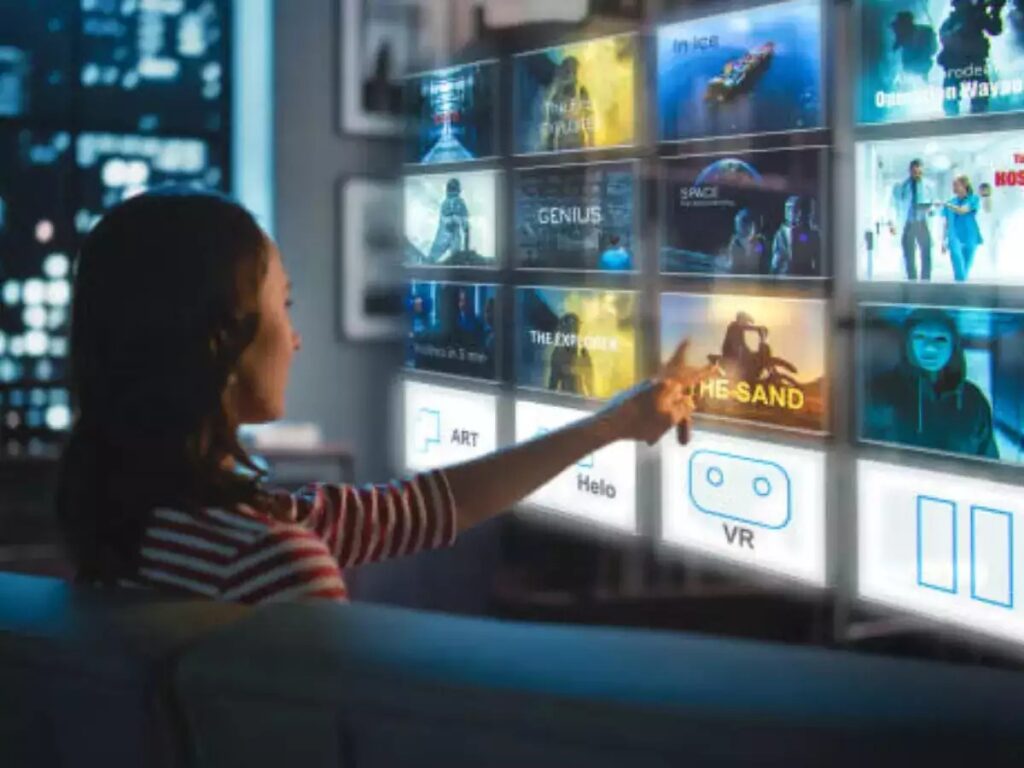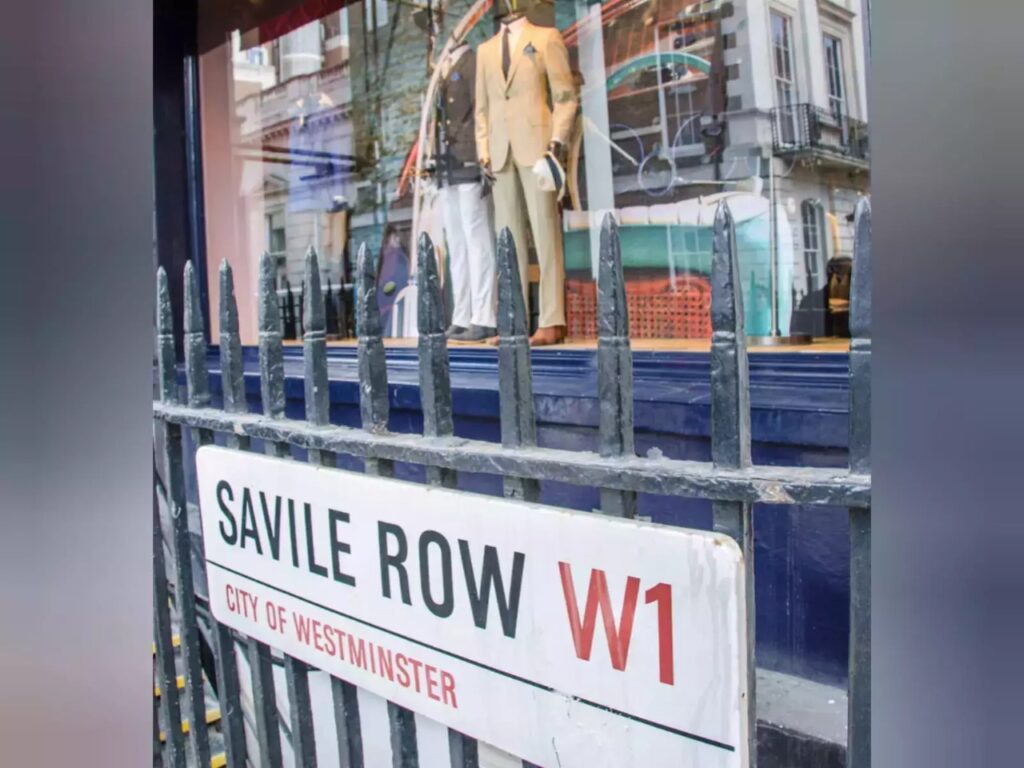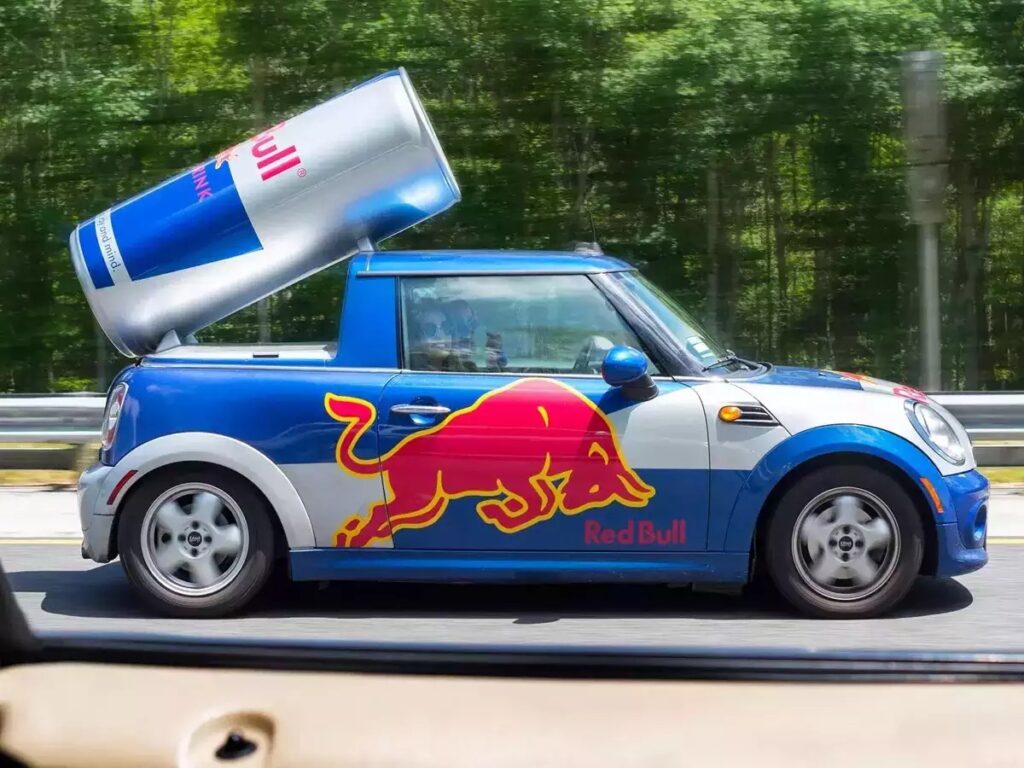Where sleep is competition
Since the pandemic, Hollywood’s old formats have nosedived and turned belly up in commercial terms. The new ones are not growing fast enough nor making much profit. Cinema and Cable seem to be on a journey into the history books. As the Titanic sinks, Hollywood’s streaming businesses are not proving to be viable lifeboats. New platform content appears only a bonfire where value turns to ash. [siteorigin_widget class=”SiteOrigin_Widget_Image_Widget”][/siteorigin_widget] There was no business like the show business. It gave a much-esteemed soft power to a few nations, by itself no less significant than nuclear might. The change of technology or delivery modalities scarcely affected the primacy of the West. Its ability to export its culture far and wide was enviously acknowledged. Then decline set in. The rise of Asia made media a multipolar industry. And then corona shut the world down. Since the pandemic, Hollywood’s old formats have nosedived and turned belly up in commercial terms. The new ones are not growing fast enough nor making much profit. Cinema and Cable seem to be on a journey into the history books. As the Titanic sinks, Hollywood’s streaming businesses are not proving to be viable lifeboats. New platform content appears only a bonfire where value turns to ash. While Apple and Amazon invest in streaming as a loss-leader for their other businesses, traditional leaders such as Disney have seen erosion of market value by half. In November 2022, Disney sacked its CEO Bob Chapek, and brought back his predecessor Bob Iger from retirement. Catching a falling knife safely calls for luck. The industry is in long-term decline, as households swap expensive cable packages for cheaper streaming services, as well as free content on YouTube. Mark Bergen writes about this extensively in his book “Like, Comment, Subscribe – Inside YouTube’s Chaotic Rise to World Domination”. Within a decade of its founding, YouTube had set the model for on demand, lightning-fast internet television and become the place for free online video. It remains the second most frequented website on earth behind its parent Google. A third of the world’s internet population visits it daily. That is staggering and it does not need genius to imagine the magnitude of the drift. Wish that could be said about good old network TV. Primetime audience on TV in America is about half of what it used to be five years ago. The three networks look like stunned dinosaurs. Since July 2022, Americans have spent more time streaming than watching cable, according to Nielsen. Only sports broadcasting makes the show go on but profitability is a huge challenge. To win subscribers, Hollywood’s biggest studios have ramped up their combined content spending by 50% since 2019. Amazon and Apple have been writing very fat cheques that have raised costs for everyone. Studios have pumped money mostly into established properties. No more do they have the appetite to spend hundreds of millions of dollars in global promotions and make a return from box office earnings over a relatively short period by establishing new IP. America’s ten biggest films last year were all sequels or parts of a running franchise such as Avatar or Indiana Jones. Entire new categories of entertainment will emerge or get hybridised. For young adults in rich countries gaming is bigger than television in terms of time spent. Hollywood has been slow to catch on, but its Silicon Valley rivals are snapping up gaming IPs. Microsoft’s proposed acquisition of Activision-Blizzard, whose games include “Call of Duty” and “Candy Crush”, is worth $69 billion, ten times what Amazon paid for Metro-Goldwyn-Mayer. Movies based on games are becoming as popular as games based on movies. When “The Last of Us” came out in 2013, the hit video game’s premise seemed outrageous fiction. Imagine a fungus turns people into zombies, leaving society in shambles. It would have been impossible to turn to a viable plot back then. Cut to a decade later and it is a hugely anticipated HBO series going out to a world only too familiar with a pandemic. Over the past decade, as video games have become more vivid and complex, developers have used the medium to spin rich, character-based stories that rival film and TV in depth and quality. “The Last of Us,” for instance, is less about an outbreak and civilisational chaos than the father-daughter relationship between a smuggler named Joel and a 14-year-old girl named Ellie. While game-to-screen adaptations like the “Tomb Raider,” “Resident Evil” and “Sonic the Hedgehog” franchises have made enough money to warrant sequels, unlike comic books, the stories in video games have never been properly translated across media boundaries. For Hollywood it is a gold mine of intellectual property with a built-in audience of gamers thus far unexploited. Viewers should prepare to see more games onscreen soon: Other popular video game franchises with film and TV adaptations in the works include “Twisted Metal,” “Ghost of Tsushima” and “Assassin’s Creed”. Spurred on by the pandemic, which saw video-game spending increase by nearly a quarter in 2020, the games industry was worth more than $170 bn in 2021, in worldwide revenues. That’s about five times as much as the global box office. A shift towards subscriptions and cloud gaming could fundamentally reshape the landscape. Subscription gaming is growing fast, but even in five years it will represent less than 10% of game spending as per estimates. Streaming from the cloud is still less popular. Google will shut down Stadia, its cloud-gaming service. Amazon’s Luna service has yet to take off. Microsoft, which separately runs Azure, the world’s second-largest cloud network, is well placed for cloud gaming if and when it emerges. As of today, streaming services represent well under 1% of games spending. Cloud gaming aims to do for video games what companies like Spotify and Netflix have done for music and films – make them available on any device with an internet connection. For the gaming industry, that would be a revolution. The consoles and beefy PCs required to run modern









